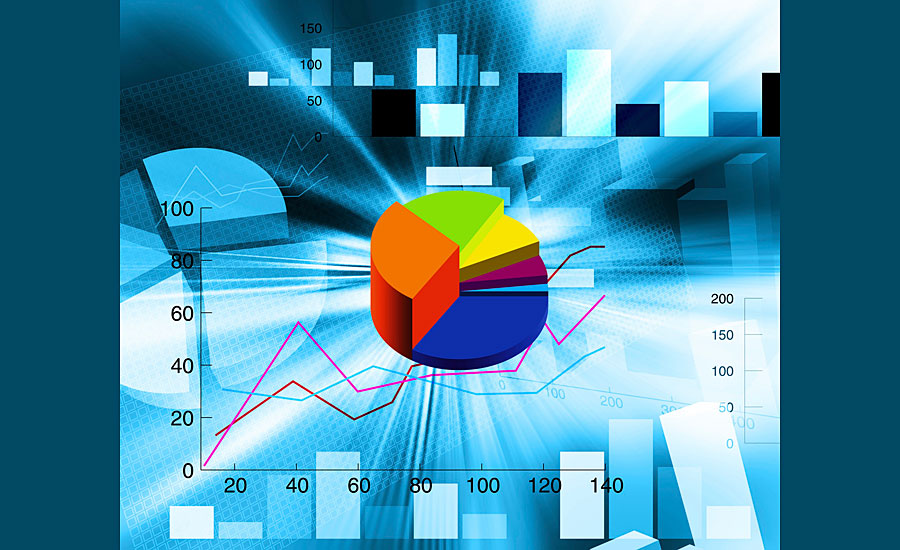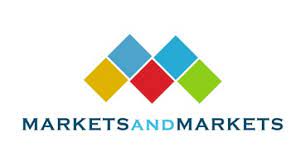PARSIPPANY, NJ – While biocides market growth in the mature markets of Europe and the United States is estimated at two percent and slightly less than one percent, respectively, the five-percent growth forecast in biocides consumption in Southeast Asia during 2014-2019 makes this region one of the fastest growing and most attractive regions globally. This and other information is found in a new report, Specialty Biocides: Southeast Asia Market Analysis and Opportunities, which ispublished by global consulting and research firm Kline & Co.
In recent years, the region has enjoyed economic progress, which is driving demand in the construction, packaging, transportation and consumer products industries, among others. These in turn are driving growth of key end-use industries in industrial preservation applications, such as coatings, adhesives and sealants, and synthetic latex polymers. Consequently, industrial preservation applications are leading market demand, accounting for the largest consumption of specialty biocides in Southeast Asia, both in volume and value terms.
Water-based adhesives and paints are enjoying fast growth due to the low-VOC emission trend, which is gaining momentum in Southeast Asia. Greater public awareness about environmental sustainability issues changes the region’s consumption culture towards more environment-friendly products. As a result, market shifts away from solvent-based formulations, and sales of water-based adhesives and paints, are growing.
The rapid rate of urbanization in Southeast Asia, as well as growing awareness about the importance of effective sanitizers, in combination with growing disposable income, contribute to growth in consumption in hygiene applications. Hygiene applications are the second-biggest end-use industry with a total volume consumption of 26 percent, estimated to increase by 4.6 percent during the forecast period. The water treatment industry will also witness a healthy growth rate due to the economic growth in the region, increasing the number of new power plants and heavy industries.
Due to the importance of quats in Southeast Asia, nitrogen-based biocides are the leading category on a volume basis in the region. While isothiazolinones lead the market by value, other important chemicals include DBNPA, glutaraldehyde or peracetic acid.
A variety of factors, such as economic growth, increased awareness of health and environment, a multinational supplier base, and imports from China and Japan, will drive the biocides market in Southeast Asia. “As western markets’ growth potential diminishes due to market maturity or regulatory hurdles, the Southeast Asian region represents an attractive opportunity for biocides suppliers, notably in industrial and water applications,” said Nikola Matic, Industry Manager, Chemicals & Materials practice.
For more information about the report, visit www.KlineGroup.com.





Report Abusive Comment